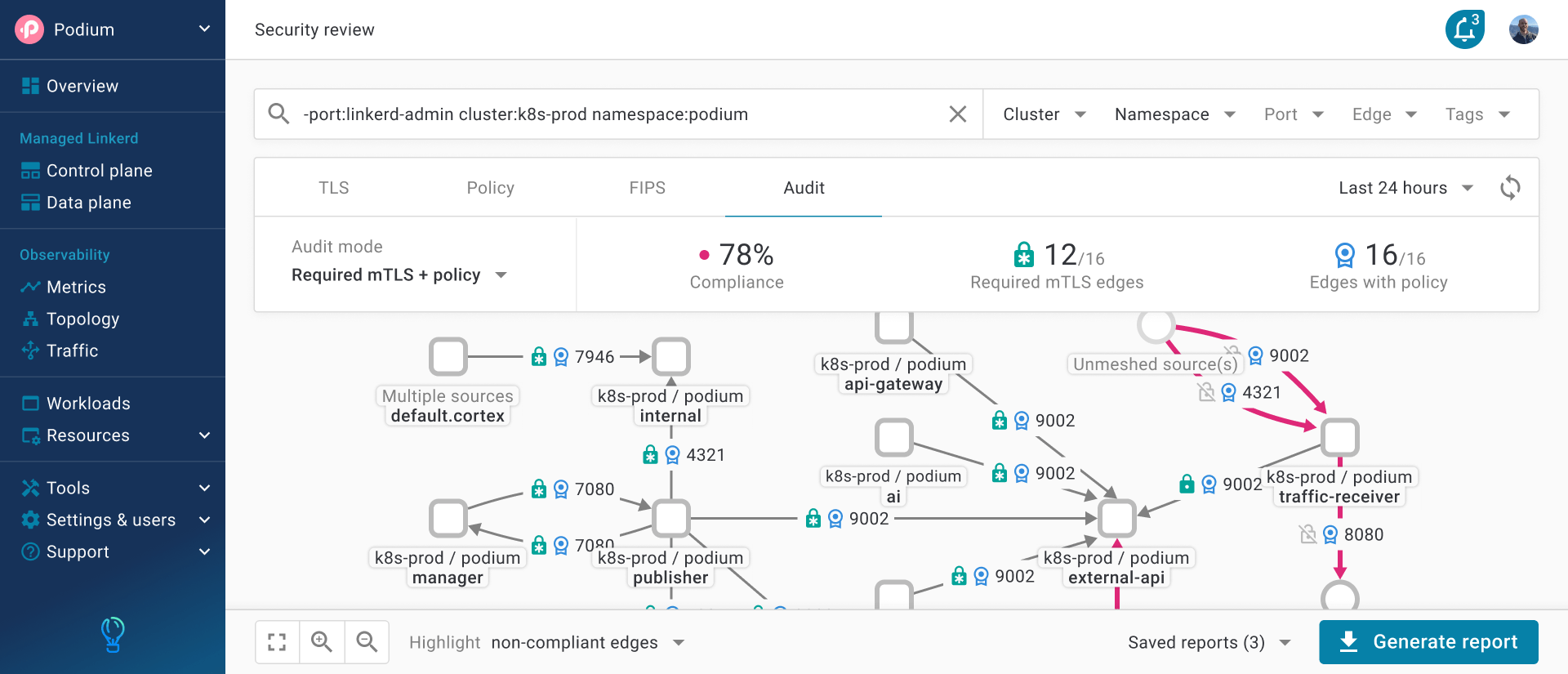Howdy! I'm a product designer that's driven to find simplicity in complex problems, and build things people love to use. I have a passion for lean UX, learning from user behavior, and creating scalable visual systems.

Howdy! I'm a product designer that's driven to find simplicity in complex problems, and build things people love to use. I have a passion for lean UX, learning from user behavior, and creating scalable visual systems.
